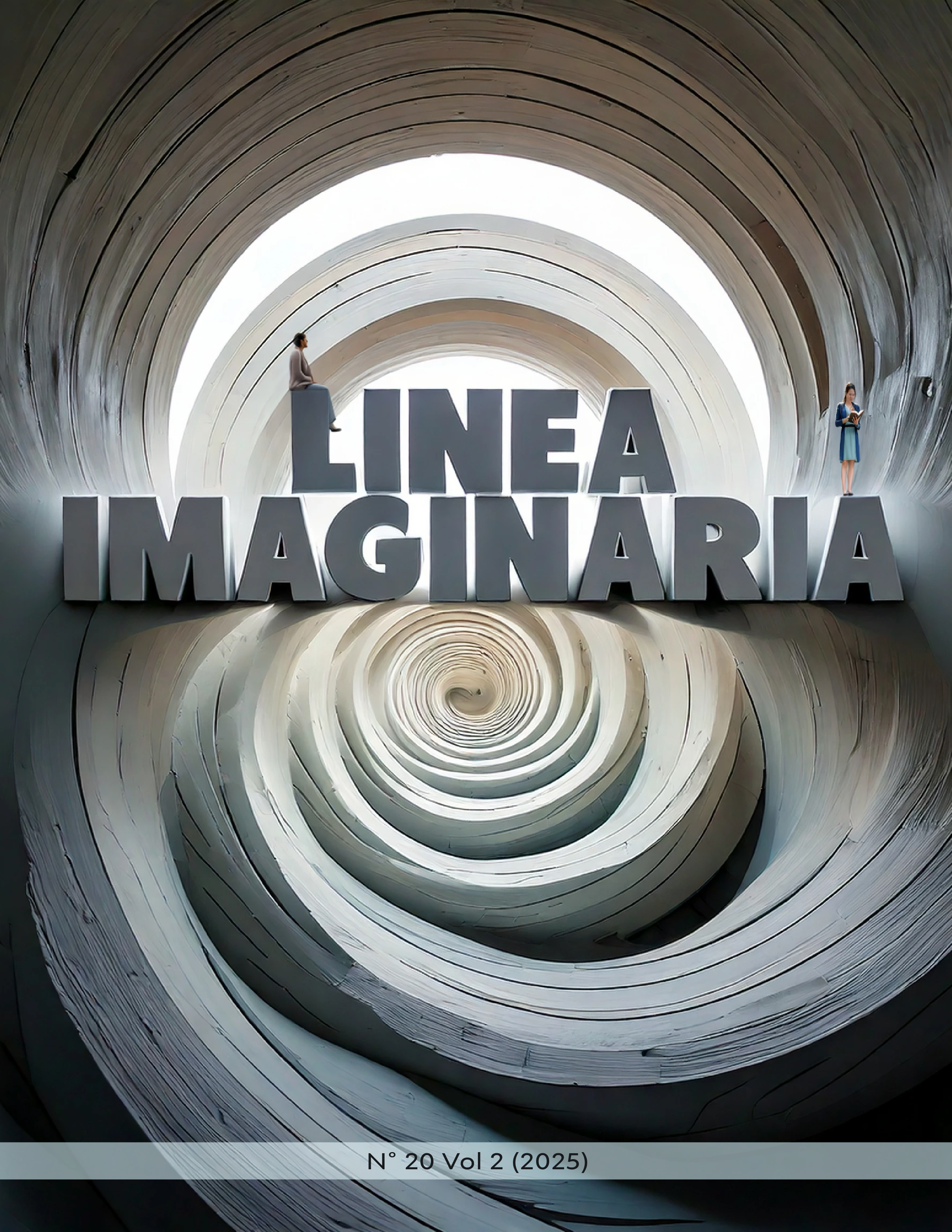SOCIAL STEREOTYPES ASSUMED BY STUDENTS AS DISRUPTIVE BEHAVIOR IN SCHOOL COEXISTENCE IN ELEMENTARY SCHOOL
DOI:
https://doi.org/10.56219/lneaimaginaria.v2i20.3757Keywords:
Social stereotypes, disruptive behaviors, school coexistenceAbstract
Facing a Colombian society loaded with social stereotypes due to its historical background, expectations arise among the younger populations represented by high school students, who feel identified with new representations that lead them to issue prejudices as a form of identity sometimes exaggerated; which leads to disruptive behaviors before the altered behaviors that are manifested in learning environments where a kind of rebelliousness by students stands out with implications in school coexistence that in opportunities far from respect and consideration. From this concern arises the initiative to develop an article as an essay with the objective of reflecting on the new social groups formed by students and their behaviors inside and outside the classroom. The methodological basis assumed allows a descriptive analysis from the consultation of various texts associated with social stereotypes, disruptive behaviors and school coexistence. The conclusions found indicate that the most outstanding stereotypes within Colombian society are marked on the one hand by violence, conflict and war; on the other hand, the gender stereotype culturally established in Colombia by the predominance of machismo and patriarchy stands out. Within the official educational institutions, secondary school students are more likely to be students of the same sex than those of the rest of the population.
Downloads
References
Acuña, Andrea, y Oyuela, Raúl. (2006). Diferencias en los prejuicios frente a la homosexualidad masculina en tres rangos de edad en una muestra de hombres y mujeres heterosexuales. Revista Psicología desde el Caribe No. 18. Allen, JL, Bird, E. y Chhoa, CY (2018, diciembre). Bad Boys and Mean Girls Callous and Emotional traits Managment of Disruptive Behaviour in School, The teacher Relation Ship and Academic Motivation Student. En Frontiers in Education (Vol. 3, p. 108). Fronteras file:///C:/Users/hp/Downloads/feduc-03-00108.pdf
Constitución Política de la República de Colombia (1991). Gaceta Oficial de la República de Colombia.
Durán, M., y Cabecinhas, R. (2014). Actitudes y estereotipos sociales en la comunicación. En R. Martínez (coord.), Aspectos psicosociales de la comunicación (pp. 43-54). Pirámide. https://repositorium.sdum.uminho.pt/bitstream/1822/29436/4/actitudes_estereotipos_comunicacion.pdf Fonseca, C. (2005). Reflexionando sobre la construcción de la masculinidad en el Occidente desde una postura crítica. Bajo el Volcán, 5(9), 135-155. https://www.redalyc.org/pdf/286/28650908.pdf Gage, N. A., & MacSuga-Gage, A. S. (2017). Salient Classroom Management Skills: Finding the Most Effective Skills to Increase Student Engagement and Decrease Disruptions. Report on emotional & behavioral disorders in youth, 17(1), 13–18. https://www.ncbi.nlm.nih.gov/pmc/articles/PMC6345407/ Gutiérrez-Méndez, D., & Pérez-Archundia, E. (2015). Estrategias para generar la convivencia escolar. Ra Ximhai, 11(1), 63-81. https://www.redalyc.org/pdf/461/46139401004.pdf
Jiménez, I. (2018). Representación Social del Conflicto Colombiano en los profesores de BásicaPrimaria. (Tesis doctoral). https://ddd.uab.cat/pub/tesis/2018/hdl_10803_666686/ijb1de1.pdf
Ley 115. (1994) General de Educación. (Congreso de la República de Colombia) (1994, febrero 8). [Transcripción en línea]. Disponible: doi: 41.214 Maazouzi, K. (2017). Discipline problem in the classroom and its remedies. LondonJournal of Research in Humanities and Social Sciences.https://research.journalspress.com/index.php/socialscience/article/view/203/193 Mazzara, B. (1998). Estereotipos y Prejuicios. Madrid, España: Acento Editorial. París, María (2002). Estudios sobre el racismo en América Latina. Revista Política y Cultura, primavera, Nro. 017. Distrito Federal, México: Universidad Autónoma Metropolitana – Xochimilco. Rojas, J. O, & Encalada, S. C. (2018). La comunicación en adolescentes con conductas disruptivas. El asertividad en adolescentes. Pensamiento Americano, 11(20)https://publicaciones.americana.edu.co/index.php/pensamientoamericano/article/view/12
Stadler, S. (2017). Child disruptive behaviour problems, problem perception andhelp-seeking behaviour (Doctoral dissertation, University of Cape Town). https://open.uct.ac.za/handle/11427/26942
Sulbarán, A., & León, A. (2014). Estudio de las conductas disruptivas en la escuela según la percepción docente (Disruptive behavior study in school taking intoaccount teachers perception). Adm Educ, 2, 35-50. http://bdigital.ula.ve/storage/pdf/admineduc/n2/art10.pdf Torrego, J. C. (2018). La ayuda entre iguales para mejorar la convivencia escolar: Manual para la formación de alumnos/as ayudantes (Vol. 194). Narcea Ediciones. https://www.amazon.es/ayuda-iguales-mejorar-convivenciaescolar/dp/8427718276
Torres, C. (2004). ¨Aproximación a la formación ciudadana. Competencias Ciudadanas: de los Estándares al Aula. Una propuesta de integración a las áreas académicas. Worchel, Stephen, Cooper, Joel, Goethals, George, y Olson, James (2002). Psicología Social. México: Thomson.
Downloads
Published
How to Cite
Issue
Section
License
Copyright (c) 2025 LÍNEA IMAGINARIA

This work is licensed under a Creative Commons Attribution-NonCommercial-ShareAlike 4.0 International License.
La revista Línea Imaginaria conserva los derechos patrimoniales (copyright) de las obras publicadas, que favorece y permite la reutilización de los mismos bajo la licencia Creative Commons Atribución-NoComercial-CompartirIgual 4.0 , por lo cual se pueden copiar, usar, difundir, transmitir y exponer públicamente, siempre que se cite la autoría y fuente original de su publicación (revista, editorial, URL y DOI de la obra), no se usen para fines comerciales u onerosos y se mencione la existencia y especificaciones de esta licencia de uso. Si remezcla, transforma o crea a partir del material, debe distribuir su contribución bajo la misma licencia del original.














